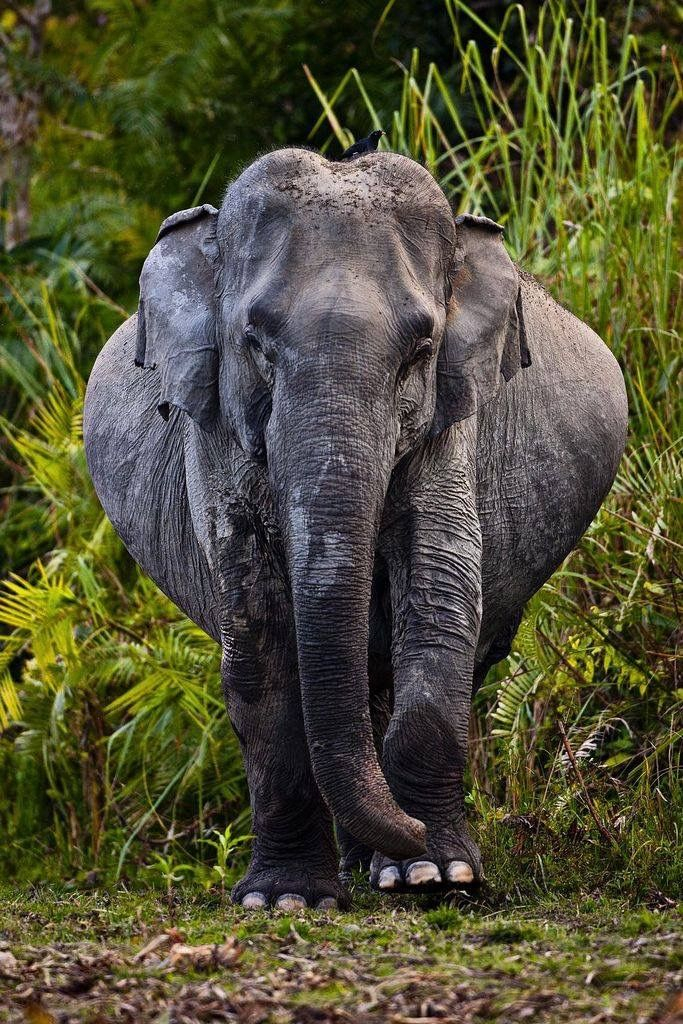The gestation period, simply put, is the duration of time between conception and birth in animals. For humans, this typically spans around nine months, during which the fetus undergoes significant development within the womb before being born. However, not all animals share this relatively brief gestation period. Some species have significantly long gestation periods, leading to questions about why this variation exists in the animal kingdom.
Human mothers have a gestation period of about nine months, during which the fertilized egg develops into a fully-formed baby. This period is marked by crucial stages of fetal development, including the formation of major organs, limbs, and the nervous system. As the pregnancy progresses, the fetus grows and matures inside the mother's uterus, supported by the placenta and nourished through the umbilical cord.
But why do some animals have longer gestation periods than humans? The answer lies in various factors, including the species' size, complexity, and environmental adaptations. Larger and more complex animals often require extended gestation periods to ensure adequate development before birth. For example, elephants, the largest land mammals, have the longest gestation period of all mammals, lasting 18 to 22 months. This extended period allows for the intricate development of their massive bodies and highly complex brains.
Similarly, animals with unique environmental adaptations may also have longer gestation periods to accommodate their specialized needs. For instance, marine mammals like whales and dolphins, which live in aquatic environments, have evolved to have extended gestation periods to support their young's development underwater. This adaptation ensures that the offspring are well-prepared for life in the ocean upon birth.
Conversely, some animals, particularly those with smaller body sizes or simpler anatomies, may have shorter gestation periods. These species prioritize producing multiple offspring quickly to maximize reproductive success in their environments. For example, small rodents like mice and rats have very short gestation periods, often lasting only a few weeks, allowing them to reproduce rapidly and maintain their population numbers despite high predation rates.
In addition to these factors, ecological pressures, evolutionary history, and reproductive strategies also play roles in determining gestation periods across different species. Animals that face significant environmental challenges or seasonal constraints may have evolved longer gestation periods to ensure the survival of their offspring in harsh conditions.
Some fascinating examples of animals with exceptionally long gestation periods:
- Elephants: These majestic creatures carry their young for an astounding 18 to 22 months, reflecting their large size and complex social structures.
- Manatees: These gentle giants spend nearly 13 months nurturing their young in the water, showcasing their peaceful yet resilient nature.
- Camels: Known for their resilience and endurance, camels have gestation periods of 13 to 15 months, adapting to the harsh desert environments they inhabit.
- Giraffes: Despite being the tallest land animals, giraffes have gestation periods ranging from 13 to 15 months, allowing their offspring to develop sufficiently for life on the savannah.
- Velvet Worms: These fascinating creatures, despite their small size, carry their young for as long as 15 months, highlighting the diversity of gestation periods across the animal kingdom.
- Rhinoceroses: Next on the list, rhinos have a gestation period of about 15 to 18 months, underscoring the challenges they face in maintaining their populations.
- Walruses: These marine mammals have the longest gestation period among pinnipeds, lasting 15 to 16 months, reflecting their unique adaptations to life in the Arctic.
- Whales and Dolphins: Cetaceans like orcas and sperm whales have gestation periods of up to 17 months, supporting their highly intelligent and social lifestyles in the ocean.
- Black Alpine Salamanders: These amphibians carry their young for two to three years, showcasing the remarkable diversity of reproductive strategies in the animal kingdom.
- Sharks: Some shark species, such as the spiny dogfish and basking shark, have gestation periods lasting up to three years, reflecting their slow reproductive rates and long lifespans.
- Tapirs: These intriguing mammals have a gestation period of 13 months, demonstrating their unique adaptations to life in diverse ecosystems.
- Donkeys: Female donkeys typically give birth after nearly 14 months of gestation, highlighting their resilience and importance in various human cultures and ecosystems.
By studying the diverse gestation periods of animals, we gain valuable insights into the intricacies of evolution, reproductive biology, and ecological dynamics. Each species' unique gestation period reflects its adaptations to its environment and lifestyle, highlighting the remarkable diversity and complexity of life on Earth.
